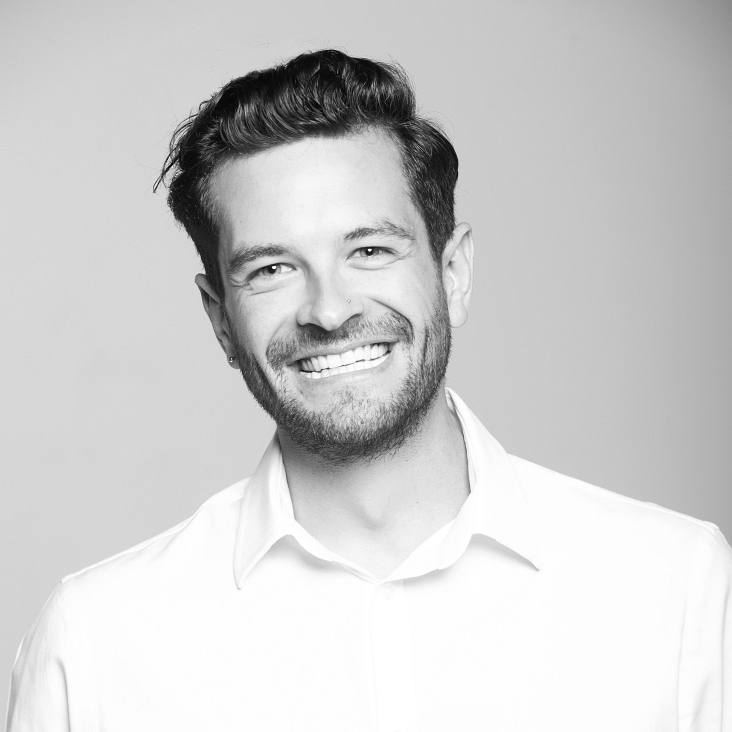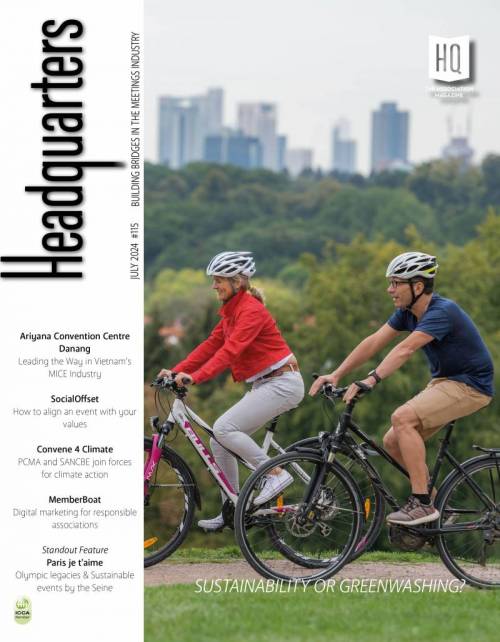Roy Gluckman: Sustaining Talent Through Inclusion

The conversation around sustainability is most often premised on the idea that our world is changing; that organizations need to be ahead of such change to ensure continued growth and improvement. As a diversity and inclusion practitioner, who focuses on talent and leadership, the single biggest threat to organizations’ sustainability is not so much that the world is changing, but rather that it is not changing fast enough.
Talent attraction, optimization and retention are critical to the continued sustainability and success of any organization. Over the past three years engaging with organizations, I have noticed an increase in the gap between ‘what talent want’, and ‘what leadership think talent want’. It is now trite that talent is no longer solely attracted, optimized and retained by the size of the paycheck. Further, we are noticing that the external benefits and comforts of beanbags, meal vouchers, pods and agility too have failed to optimize and retain. The nuance of talent attraction, optimization and retention centers around something intangible, yet fundamental: a feeling of Inclusion.
The Inclusion Gap Between Talent and Leadership
Inclusion is the new currency for talent, yet many leaders feel under-resourced when trying to provide a space where talent (particularly diverse talent) can thrive. I often hear leaders invoking the following three incantations in the hopes to rebuff the growing call for inclusion within the workplace and their seeming soft skills gap:
- “Talent is oversensitive!"
This is a major narrative used by leadership to side-step the call from talent to create more inclusive spaces. This narrative gained much prominence during the ‘Millennial Movement’ and is most often followed by “you should have seen how I was managed! I had a file thrown at me from across the room and I turned out just fine”. While yes, matters of entitlement have entered the workplace, to entirely dismiss the call for inclusion as a necessary condition for optimization and retention of talent is one of the major threats to sustainability within organizations as it contributes to talent attrition.
- “You must be professional”
This corporate trope is one of the oldest and most entrenched. While yes, I support standards of good practice as it relates to clients, collegial interactions and general behaviour at the workplace, I have seen this trope being used to reject essential elements required for there to be inclusion: emotions, such as anger and fear, peoples’ backgrounds and historical contexts, and peoples’ traumas. Whether we like it or not, we all bring the above elements into the workplace, but with the corporate tenet of “professionalism”, we have had to learn to suppress them in order to be “accepted” within the workplace. To further complicate and exacerbate the negative effects of suppression, what we know is that some people (particularly diverse identity employees) have to suppress more than others to be seen as “professional”, as the standard of what we deem to be professional is most often centered around whiteness, masculinity and heterosexuality. This places extra burden of diverse talent which contributes to their attrition.
- “Top talent always rises”
This is probably the most dangerous of the three narratives used by leadership as it absolves them of needing to invest time and energy in developing (diverse) talent. If ‘top talent always rises’, then there is no responsibility on leadership to change their behaviour, nor to interrogate their influence on the culture of the organization that fundamentally affect talent development. Most insidiously, however, this narrative normalizes (or universalizes) the notion that if ‘anyone works hard, anyone can achieve’. This idea of a meritocracy is dead. Top talent does NOT always (or universally) rise; top talent is nurtured and grown through relational and environmental factors. If we universalize the notion that top talent always rises, we are supposing that everyone within an organization is having the exact same work experience (standardized employee experience). That they are experiencing the environment the same, have equal access to opportunities, have the same levels of intrinsic and external comfort, have the same mentor and/or manager that gives them equally good work and equal attention and training, is being equally stimulated and integrated and is being exposed evenly to the critical conditions required for career development. As much as we like to think that we have achieved such equalities, we have not, with those most often excluded from the above having diverse identities, and hence why only some of whom we would call ‘top talent’ rises and others, not. This then gives us the false impression that the road to success within the workplace is determined solely by the individual (talent) and not so much by the system that may, or may not, support and include them.
But What is Inclusion?!
The above narratives have been used by leadership for good reason: achieving inclusion is difficult and elusive. With so many definitions of inclusion, leadership often feel overwhelmed and underequipped to meaningfully drive it. I seek to break the concept of inclusion down by calling on leadership to understand three principles:
- Inclusion is a Feeling
Much of the conversation around inclusion is on the demographic shifts that need to take place within an organization, the look. While this is absolutely important and necessary to create more representation, just changing the social makeup of an organization will not achieve inclusion. Why? Because inclusion is not a look, it is a feeling! This is one of the major reasons why inclusion is so underdiscussed; it goes to the heart of what we think the workplace needs to be, unemotional (read: professional). Even though we may include talent in meetings and other work opportunities, it doesn’t follow that talent would automatically feel included.
- Inclusion is Comfort
If inclusion is a feeling, what is the feeling we are trying to achieve? If you ask 100 people what it means to feel included, you will get 100 responses. After much research on this topic, I have reduced the feeling of inclusion down to its most accessible and human need: comfort. By ‘comfort’, I do not mean external comforts (beanbags, meal vouchers etc.), but intrinsic comfort: how comfortable are you, to show up as you, not a version of you, in this organization each day? What we know, is that the more of a person’s identity, background, trauma and emotions one has to suppress upon entering an organization, the less comfortable they will be. Conversely, the more of a person’s self that is validated within an organization, the more comfortable they will be. But why is intrinsic comfort important? The more comfortable one is, the greater one’s breadth to explore and to excel. The more comfortable one is the safer one feels to speak up. The more comfortable one is the more engaged one is and the more they participate. The greater one’s comfort, the better one learns. The more comfortable a person is the greater their willingness to try something and to ‘fail’ and the more comfortable a person is the greater their willingness to ask for more or to ask for help.
The greater one’s level of intrinsic comfort (how the environment and their relationships make them feel), the more included they will feel which drives optimization, engagement, innovation and retention.
- Inclusion/Exclusion is always happening
Inclusion/exclusion doesn’t start or stop when we decide to do Diversity and Inclusion training. Either inclusion, or exclusion is happening at all moments in the day, between all people. When leaders are alive to this, one can see why incorporating the skill set of inclusion into their daily practice is an essential condition for optimizing and retaining talent.
Conclusion
In a world that is highly globalized, networked, relational and diverse, building a strong talent pipeline is an essential condition to sustainability. What talent want, however, has coalesced more around the softer wants of feeling included (comfortable), than the traditional benefits offered by organizations. In my work I have noticed the Inclusion Gap between what talent are calling for, and what leadership feel equipped, or care, to provide.
Though overwhelming, leadership is called upon to develop their inclusion skill set and to support a culture that fosters diversity and inclusion, not just because it is a “nice-to-have”, nor even that it is the “right thing to do”, but to ensure that they attract, optimize and retain top talent, to ensure their sustainability.

Article written by ROY GLUCKMAN, for HQ
Website: www.roygluckman.com
Email: roy@roygluckman.com
Article included in our May issue of Headquarters Magazine (#94)
Other Articles
About Us
Supported by the Union of International Associations (UIA), the International Association of Professional Congress Organisers (IAPCO) and the Interel Group, the global public affairs and association management consultancy, Headquarters Magazines serve the needs of international associations organising worldwide congresses.















